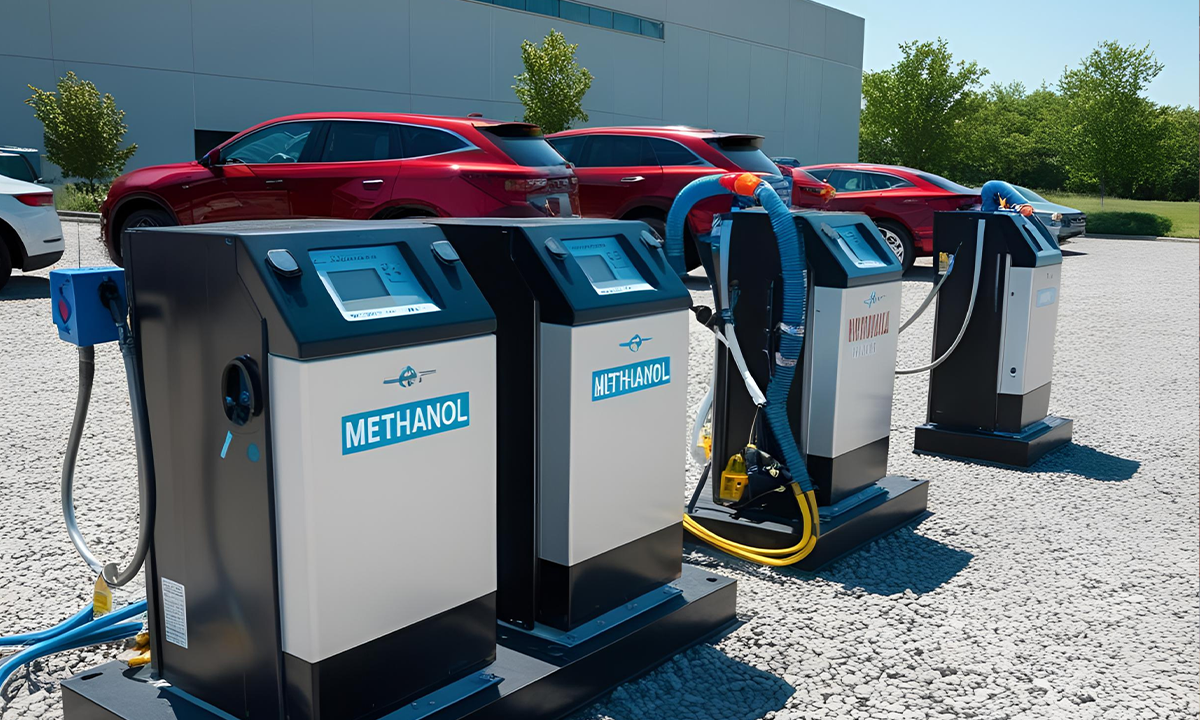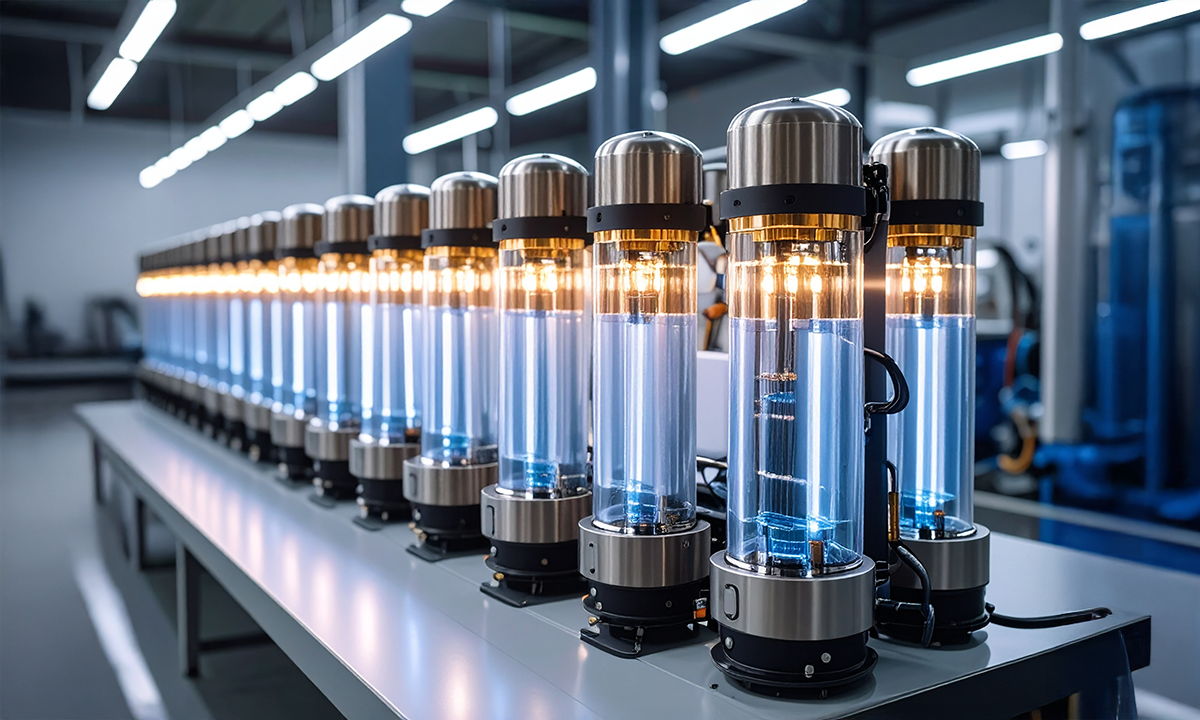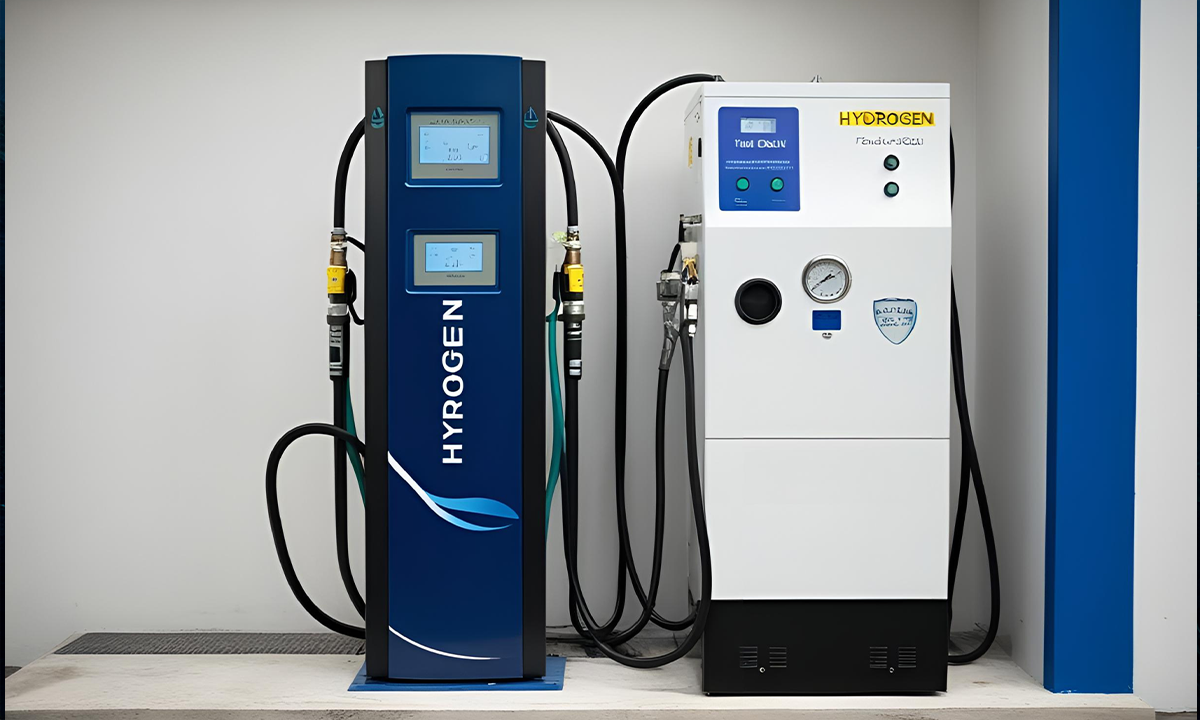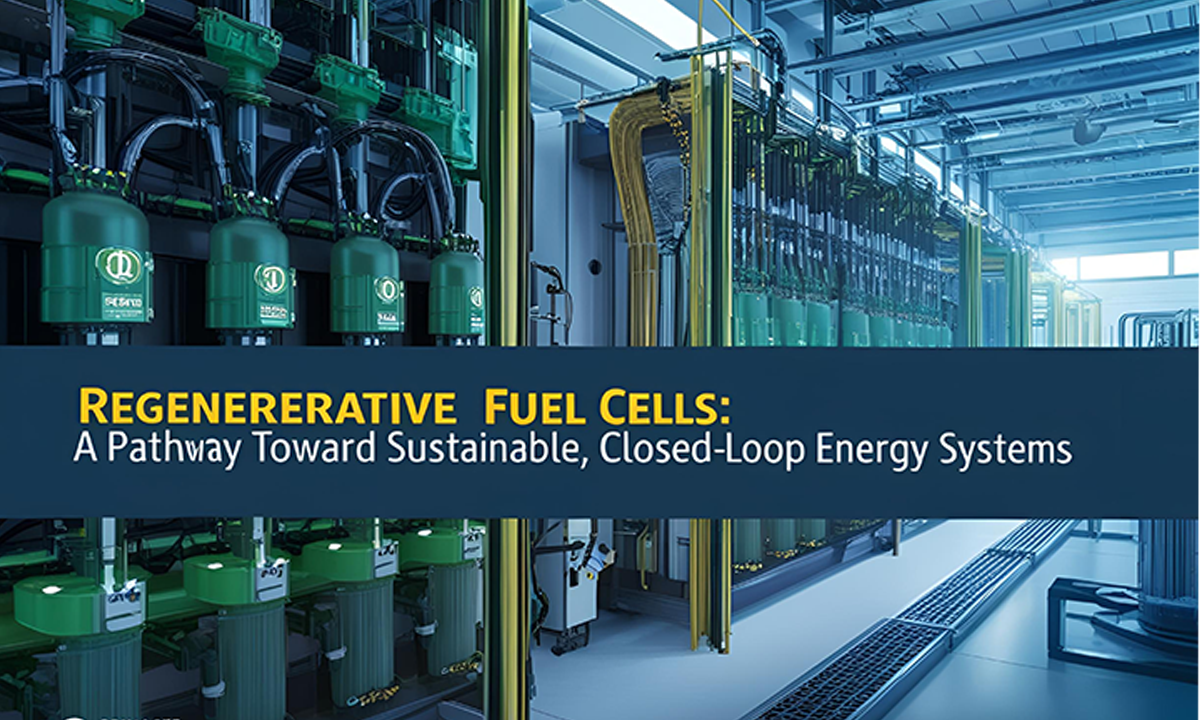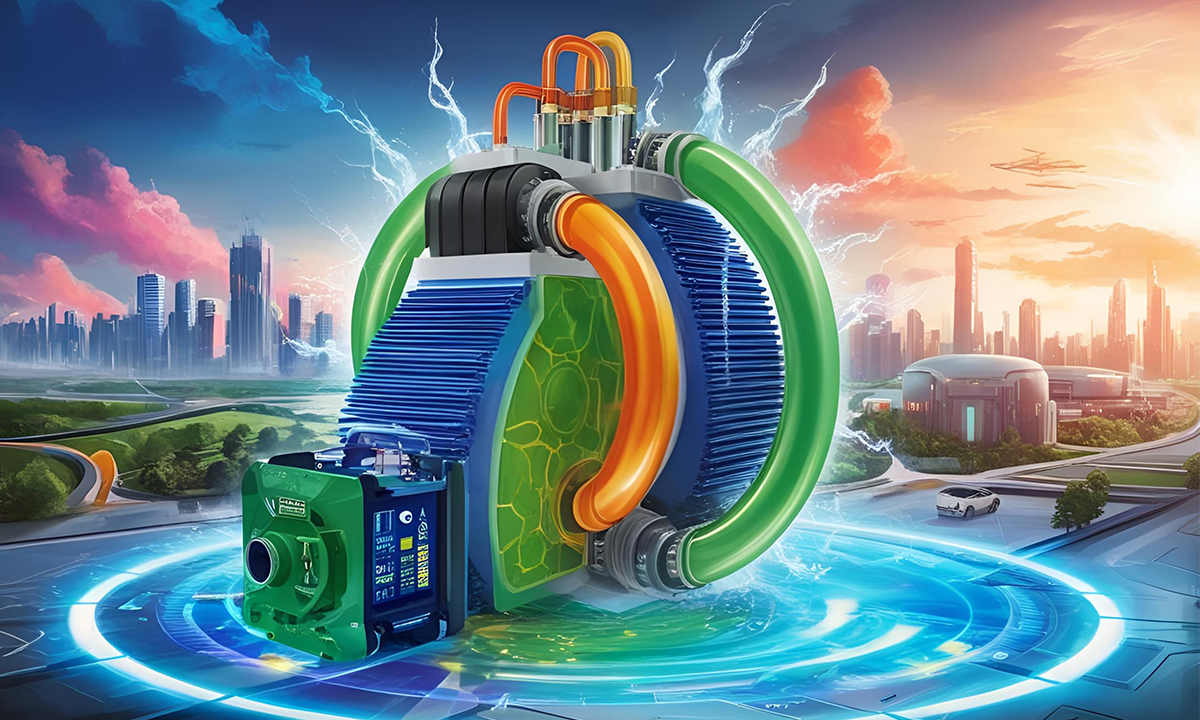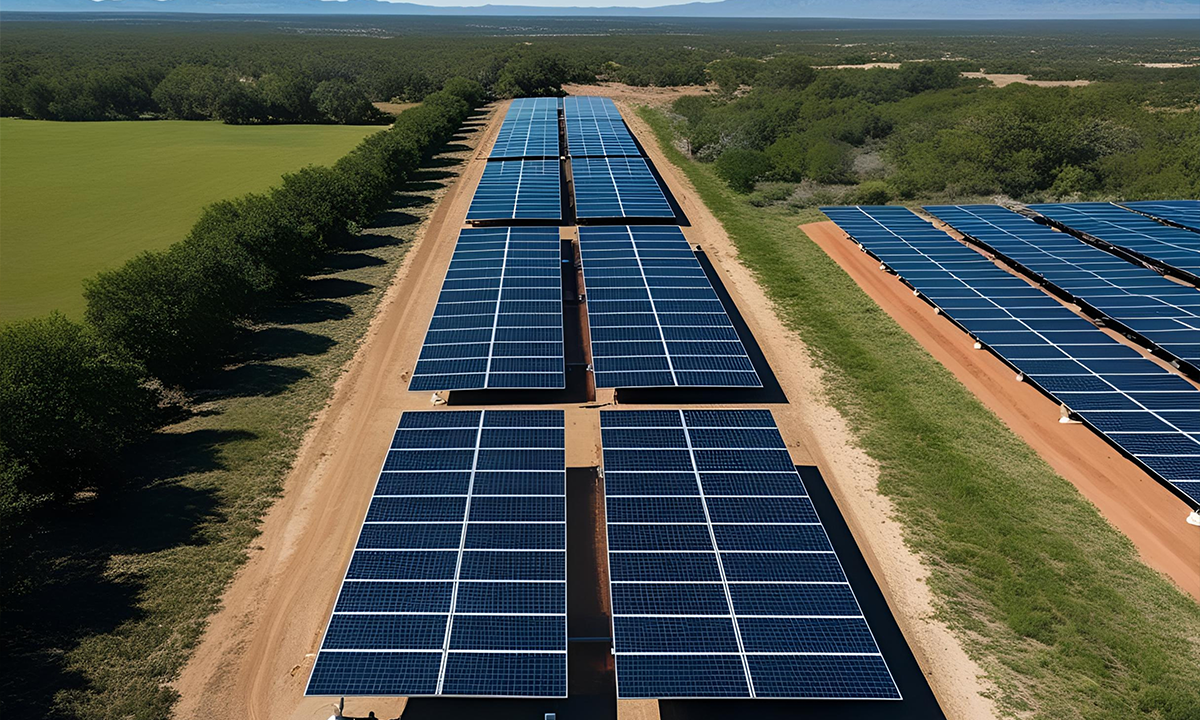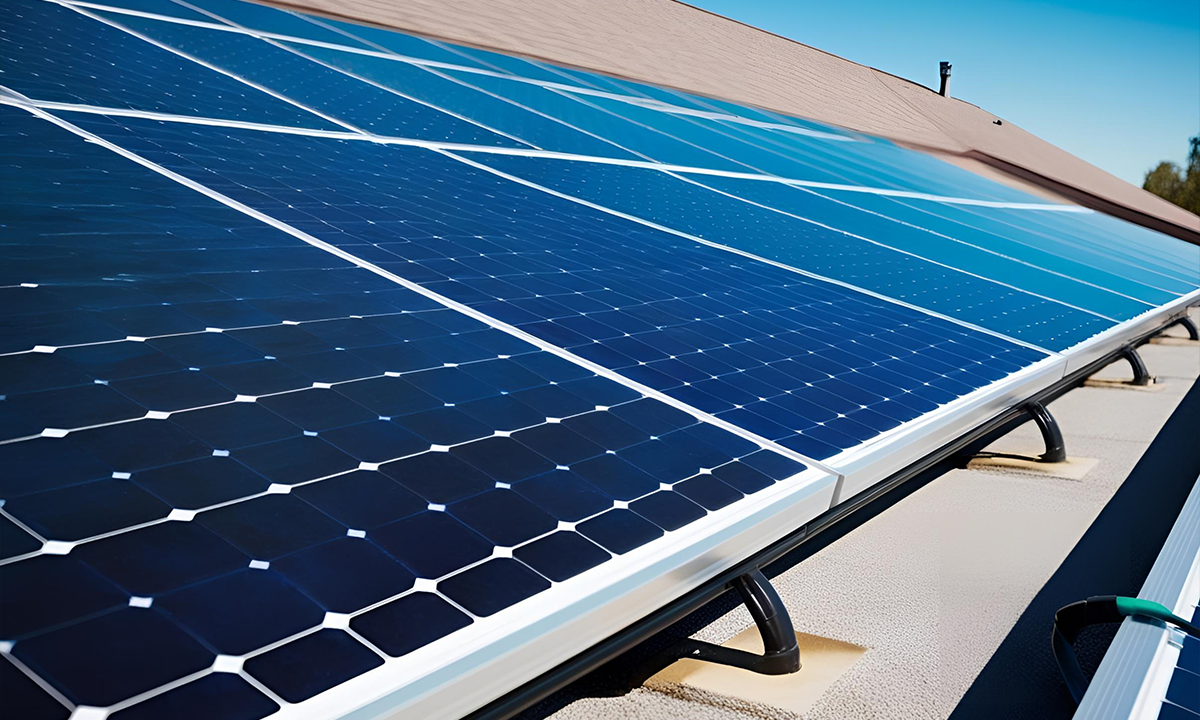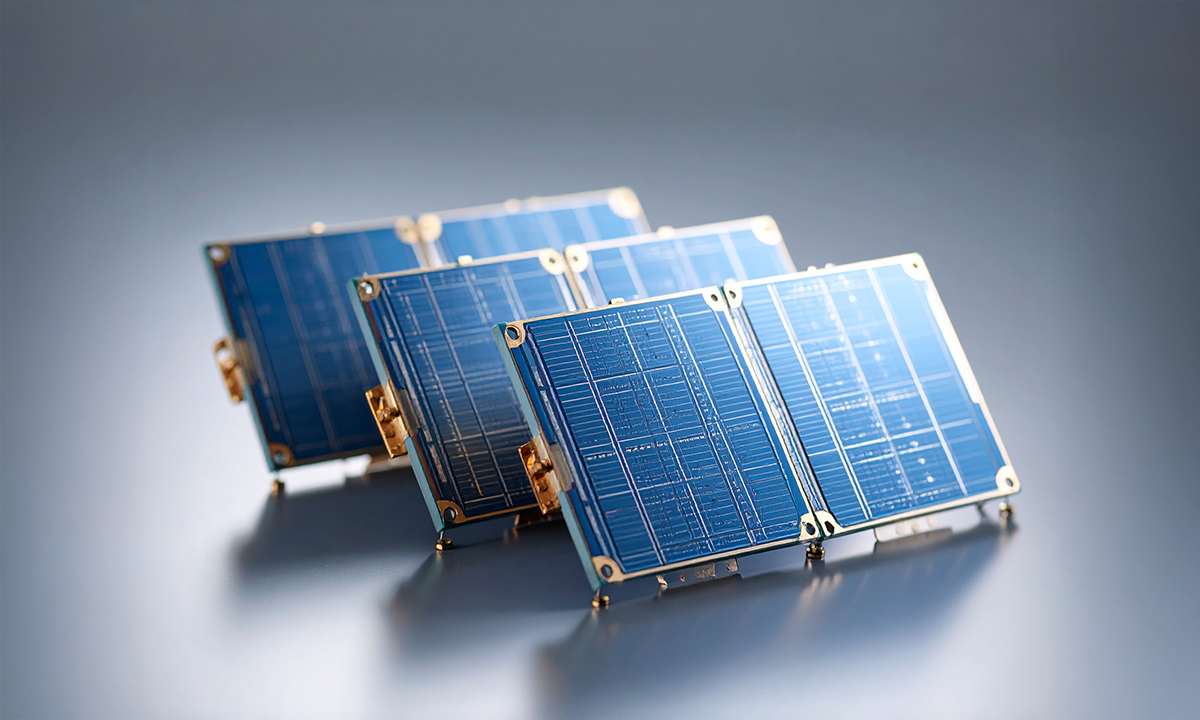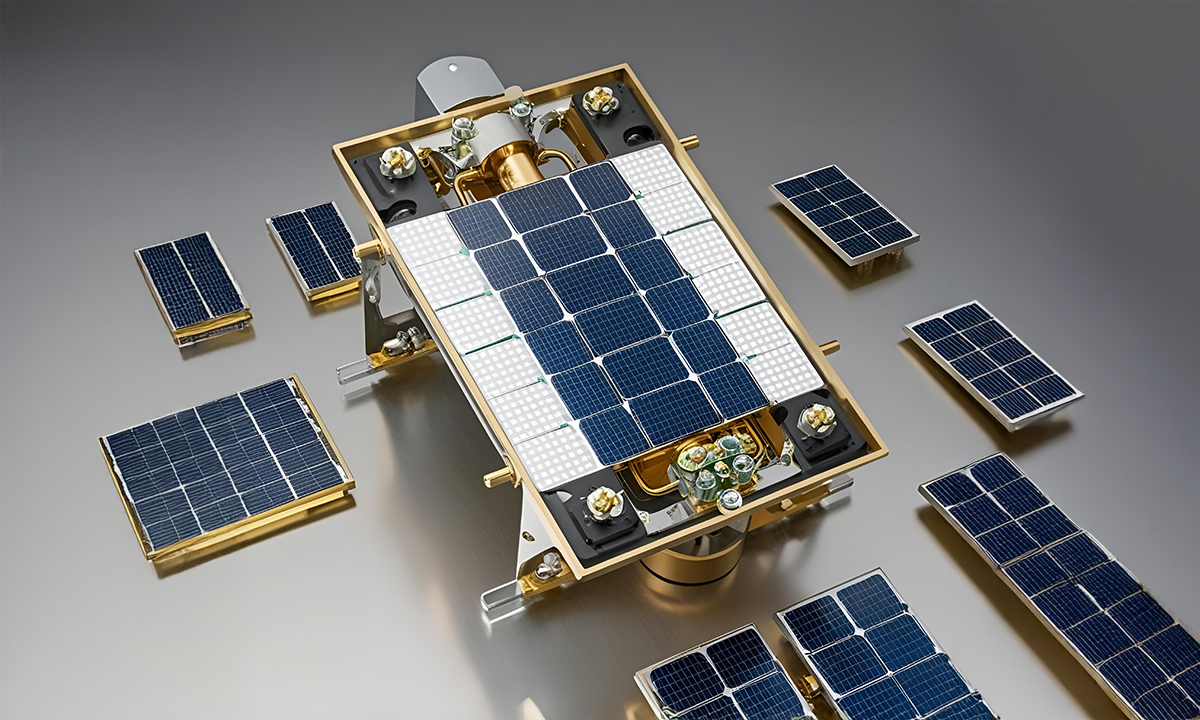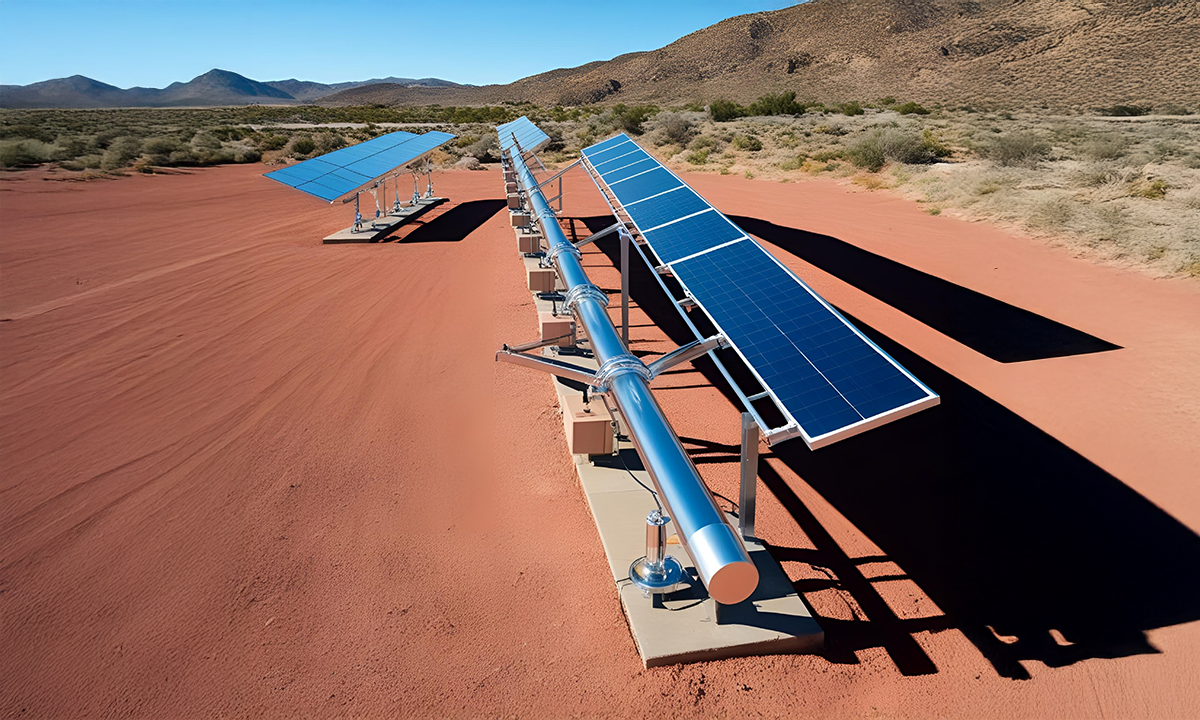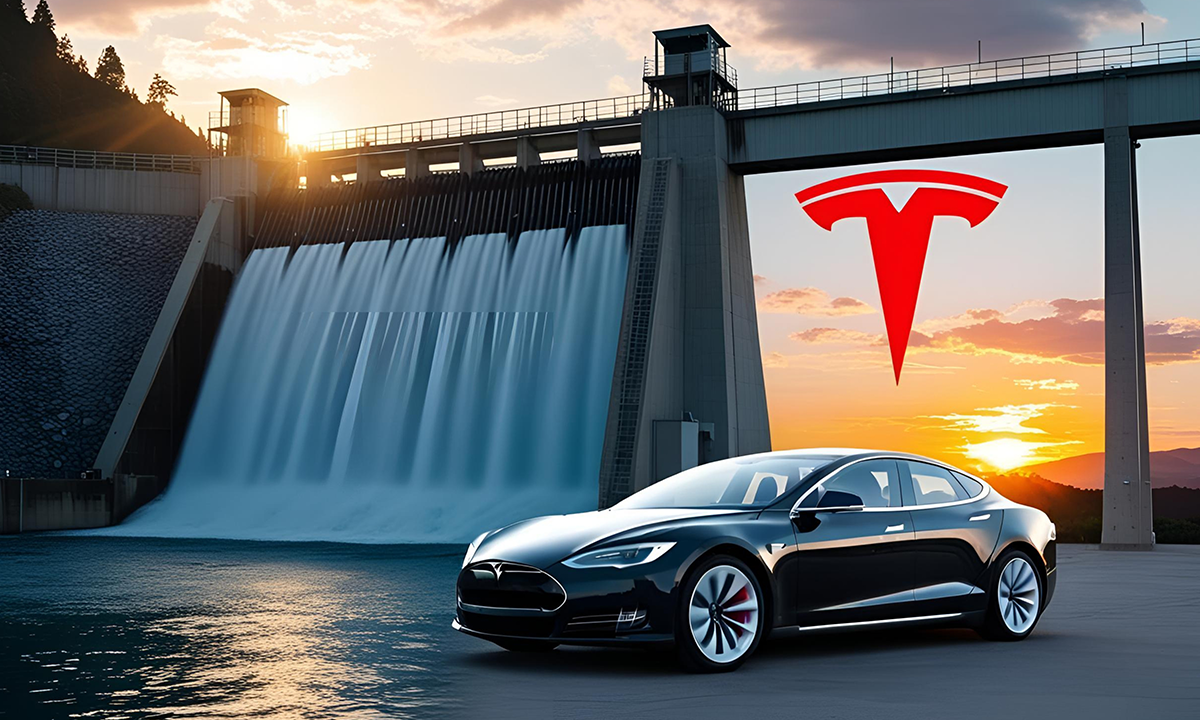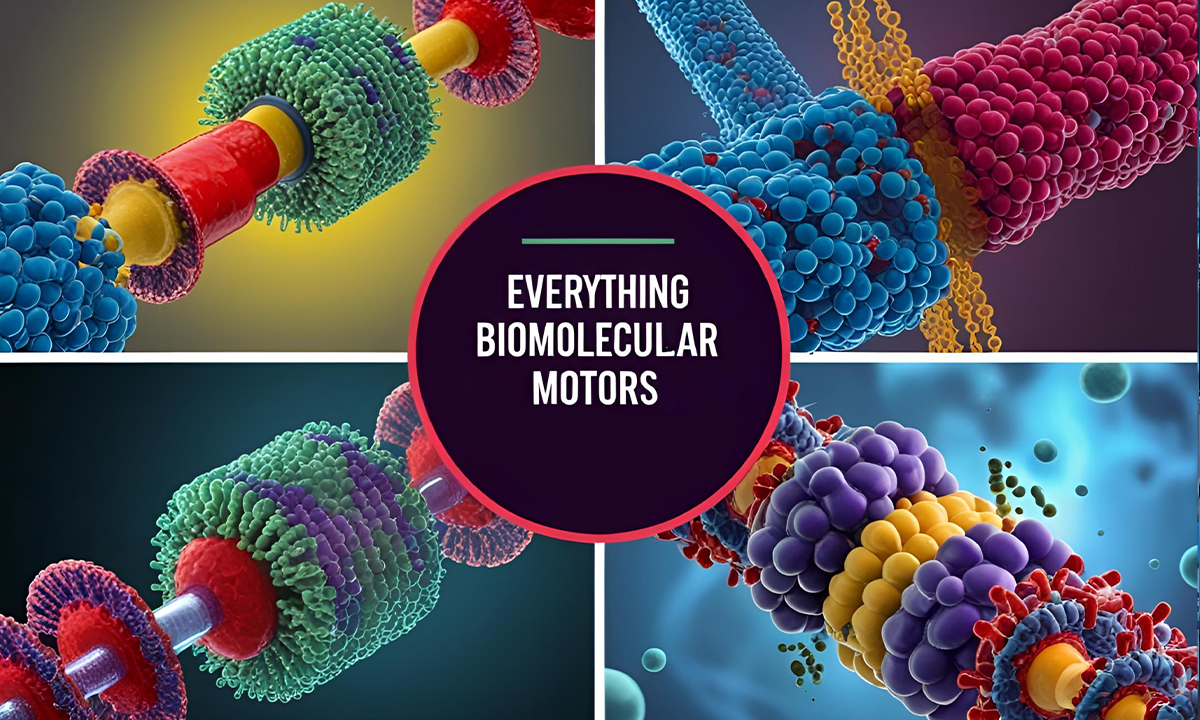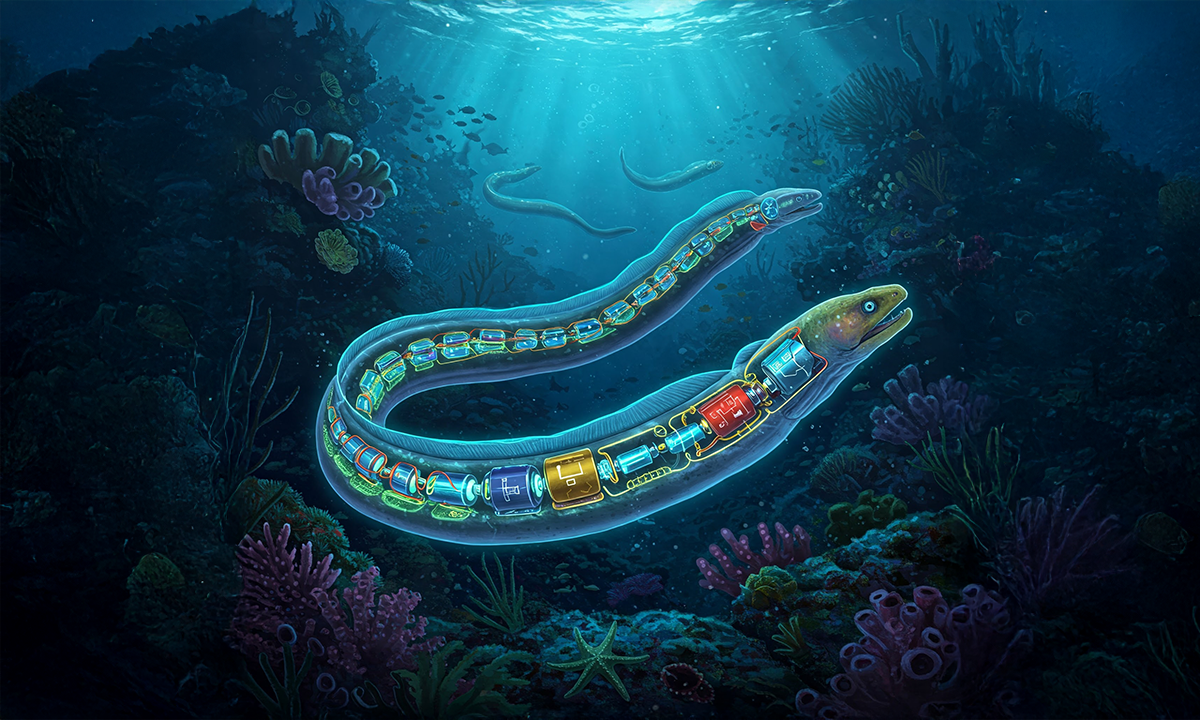Have Any Questions?
+800-327-9912
Renewable Energy
About Tesla
Nikola Tesla was one of the earliest advocates for clean, limitless energy. Tesla dreamed of a world where energy could be harnessed directly from the natural forces around us—sunlight, wind, and even the Earth’s electromagnetic field—without pollution or depletion.
His groundbreaking experiments in wireless power transmission and high-voltage energy systems laid the conceptual foundation for many of the technologies we now explore in modern renewable energy. Today, his work continues to inspire innovations in sustainable power, smart grids, and energy efficiency.



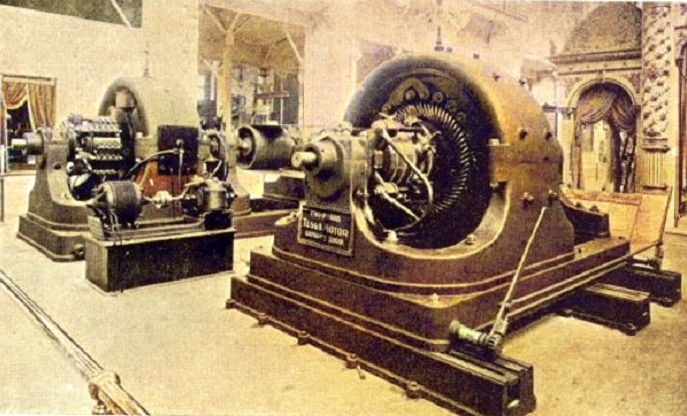
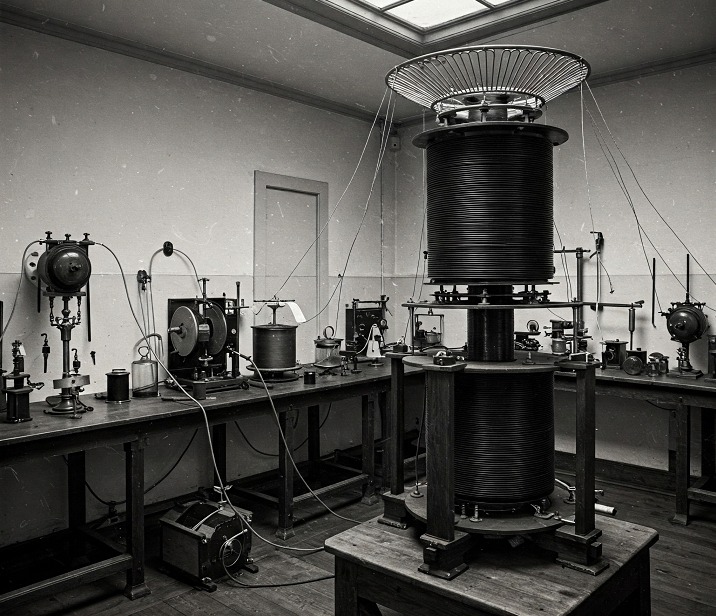
Empowering Innovators for Generations to Come
Tesla was one of the earliest minds to imagine a future powered by clean, limitless energy. He believed that the forces of nature—like wind, solar radiation, and the Earth’s electromagnetic field—could be harnessed to provide free energy for all. His pioneering experiments with wireless energy transmission, high-frequency currents, and resonance laid the groundwork for many concepts used in today’s renewable energy technologies.
Tesla’s work with alternating current (AC) made it possible to transmit electricity over long distances efficiently, enabling the large-scale generation and distribution of hydropower—one of the first major sources of renewable energy. He also envisioned systems that could extract energy directly from the environment, an idea that continues to inspire modern research into sustainable energy technologies. Today, innovations in wireless charging, smart grids, and energy harvesting reflect the spirit of Tesla’s original dream: clean, abundant energy accessible to everyone, everywhere.
- Hands-on learning with real-world applications
- Courses designed by experts in cutting-edge fields
- Community-driven support for lifelong learners
- Future-focused content built on Tesla’s visionary spirit
Join us—and spark the future of innovation.
WHY CHOOSE US
fuel cells
01
Tesla’s pioneering work in manipulating signals, frequencies, and energy waves laid the foundation for much of the data processing and communication technologies we use today.
02
Biological fuel cells (BFCs) represent a promising class of electrochemical devices that convert biochemical energy directly into electricity using enzymes or microorganisms as catalysts.
03
Direct Methanol Fuel Cells (DMFCs) are a promising type of fuel cell designed to operate using methanol as a direct liquid fuel, rather than relying on hydrogen gas.
04
Solid Oxide Fuel Cells (SOFCs) are one of the most promising fuel cell technologies for large-scale power generation, offering unmatched thermal efficiency and fuel flexibility. Unlike other fuel cells that rely on liquid electrolytes, SOFCs use a solid ceramic electrolyte, enabling operation at extremely high temperatures—often reaching 1,000°C (1,832°F).
05
Fuel cells typically operate on hydrogen, though there are various ways to supply this fuel. Hydrogen in its gaseous and liquid forms, metal hydrides, chemical hydrides, and alcohols like methanol are among the options.
06
Molten Carbonate Fuel Cells (MCFCs) are high-temperature electrochemical devices that convert chemical energy from a variety of fuels directly into electricity. Developed for large-scale stationary power applications, MCFCs offer fuel-to-electricity efficiencies between 60% and 85%, making them one of the most efficient fuel cell systems currently in development.
07
The Protonic Ceramic Fuel Cell (PCFC) is a hybrid fuel cell system that merges the thermal and kinetic advantages of high-temperature cells like Solid Oxide Fuel Cells (SOFCs) with the proton-conducting benefits of low-temperature cells like Proton Exchange Membrane (PEM) and Phosphoric Acid Fuel Cells (PAFCs).
08
Regenerative Fuel Cells (RFCs) combine a conventional fuel cell with a reverse-operating electrolysis cell—also known as an electrolyzer. Together, they form a closed-loop cycle that generates electricity from hydrogen and oxygen, and then regenerates those inputs by splitting water using external power.
09
Unlike traditional fuel cells or batteries that require frequent refueling or recharging, Regenerative Zinc-Air Fuel Cells (ZRFCs) operate as closed-loop systems, recycling the oxygen used during operation and eliminating wasted fuel and by-products.
WHY CHOOSE US
solar cells
01
Tesla’s theories on harnessing cosmic and solar energy were far ahead of his time. Though he didn’t invent solar panels, his dream of limitless, renewable energy freely available to all perfectly aligns with today’s photovoltaic (PV) technology and the growing solar power industry.
02
Photovoltaic (PV) cells are at the heart of solar power technology, converting sunlight directly into electricity through the photovoltaic effect. PV technology saw its first major commercial application in the 1950s, powering U.S. orbital satellites. Since then, it has evolved into a critical component of renewable energy systems worldwide.
03
Solar cells are the fundamental building blocks of photovoltaic (PV) systems, responsible for converting sunlight into usable electrical energy. The construction of a solar cell directly influences its performance, efficiency, and durability. While silicon remains the most common material used, various semiconductors and structural designs have been developed to improve performance or reduce costs.
04
Polycrystalline silicon photovoltaic (PV) cells, also known as multicrystalline silicon cells, are one of the most common types of solar cells used in the renewable energy industry. Introduced in the 1980s as a cost-effective alternative to single-crystalline silicon, these cells are made from silicon that contains multiple crystal structures, giving the panels their characteristic shattered-glass appearance.
05
Single-crystal silicon photovoltaic (PV) cells are among the most established and widely used solar energy technologies. These cells dominate the commercial market due to their efficiency and reliability. The origins of single-crystal silicon cells trace back to early semiconductor research, with the modern production process refined through decades of advancement.
06
Amorphous silicon (a-Si) solar cells are a type of thin-film photovoltaic technology that has been widely used in low-power electronic devices since
07
Thin-film solar cells represent a lightweight, flexible, and cost-efficient alternative to traditional crystalline silicon photovoltaic (PV) modules. Emerging in the late 1970s and refined through the 1990s and early 2000s, this technology uses a much thinner layer of photovoltaic material than conventional silicon-based systems—sometimes as thin as 0.3 micrometers.
08
Cadmium Telluride (CdTe) solar cells are among the most commercially successful thin-film photovoltaic (PV) technologies in the world today.
09
Imagine turning waste heat directly into electricity—not just from the sun, but from engines, furnaces, and even camp stoves. That’s the promise of thermophotovoltaic (TPV) systems based on gallium antimonide (GaSb).
10
GaAs solar cells function on the same basic principle as all photovoltaic devices: they convert sunlight into electricity via the photovoltaic effect. When light strikes the GaAs semiconductor, it excites electrons and creates electron-hole pairs. These are separated by an internal electric field at the p-n junction, generating a current.
11
Indium gallium nitride (InGaN) solar cells represent a cutting-edge approach to photovoltaic energy. Unlike traditional silicon cells, which cap out at around 25% efficiency in real-world conditions, InGaN solar cells are capable of reaching theoretical efficiencies of up to 70%.
12
Parabolic trough solar thermal plants are one of the most established and cost-effective methods of harnessing solar energy to generate electricity. The technology has been producing commercial-scale electricity for over 15 years, with new innovations enhancing performance, sustainability, and reliability.
WHY CHOOSE US
Other Power Technologies
01
Though Tesla never directly worked on wind turbines, his inventions and ideas regarding electric power generation, transmission, and efficiency laid the foundation for today’s renewable energy revolution, including wind.
02
Tesla’s visionary work at Niagara Falls didn’t just light up cities; it electrified the imagination of the entire world. His breakthroughs in hydropower and alternating current (AC) electricity helped redefine how we think about clean energy, and they continue to shape how we generate sustainable power today.
03
Biomolecular motors—like F₁-ATPase—are nanoscale biological engines that power countless processes inside living organisms. Found in nearly all life forms, these enzymes are capable of converting chemical energy (ATP) into mechanical motion.
04
Energy-harvesting eels are flexible, underwater power generators made of piezoelectric materials that convert the kinetic energy of flowing water into electricity. These “eels” are not creatures, but thin, plastic-like strips embedded with piezoelectric polymers that generate voltage when they bend and flex in water currents.
05
Heel-strike generators are wearable energy-harvesting systems that convert the kinetic energy from walking into electrical power. Designed for military personnel, first responders, and potentially everyday users, these generators provide an innovative way to reduce the burden of carrying heavy batteries.



